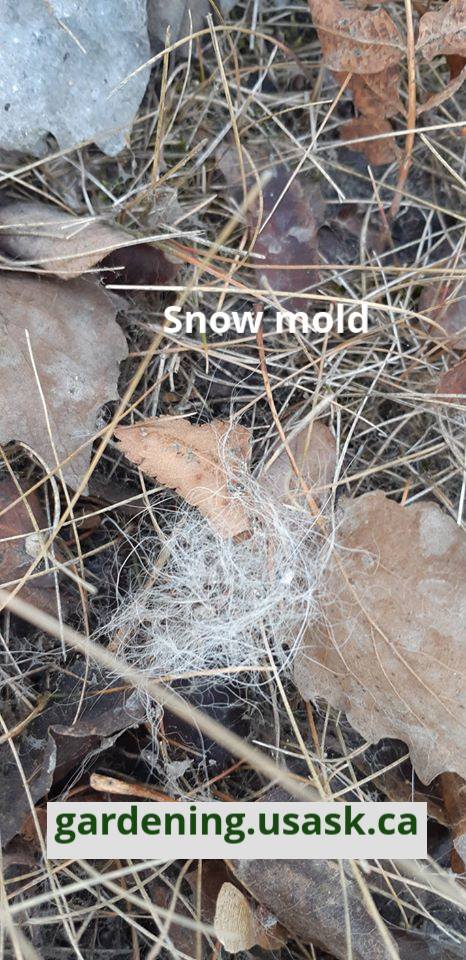
Snow mold
Seasonal
Snow mold is caused by several types of fungi that tolerate cold temperatures and like wet conditions. It appears in lawns after the snow has melted. It can vary from mild to severe depending on the year. It's not toxic but is an allergen or irritant to people with breathing issues.
Symptoms:
- Fuzzy, hairy looking threads called mycelium appear on the lawn. Depending on the fungus, these can appear white, gray or even pink.
Control:
- Conditions that favour snow mold are: areas where snow has been piled up, lawns that were fertilized in fall, lawns that were left long and matted over winter as well as excess leaf litter left on lawn in the fall.
- Cut and rake lawn before snow arrives in fall.
- Snow mold will disappear on its own with warmer and dryer weather.
- Spring infections can cause thin areas but lawns usually recover well. Rake when the lawn is dry (put the debris in your compost) but do wear a mask if you are allergic or sensitive. Thin areas can be over-seeded once the weather is warm and soil is dry.

